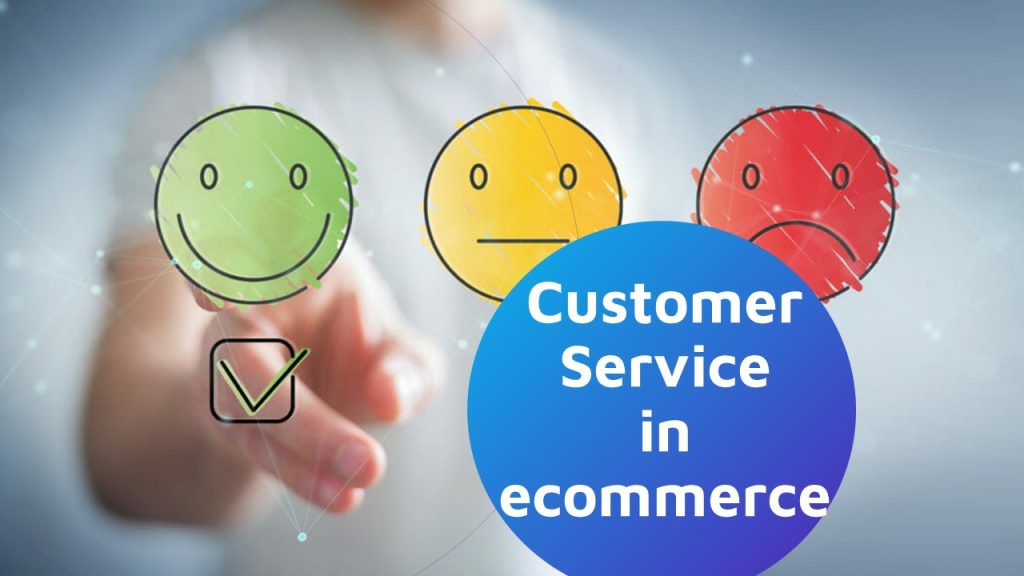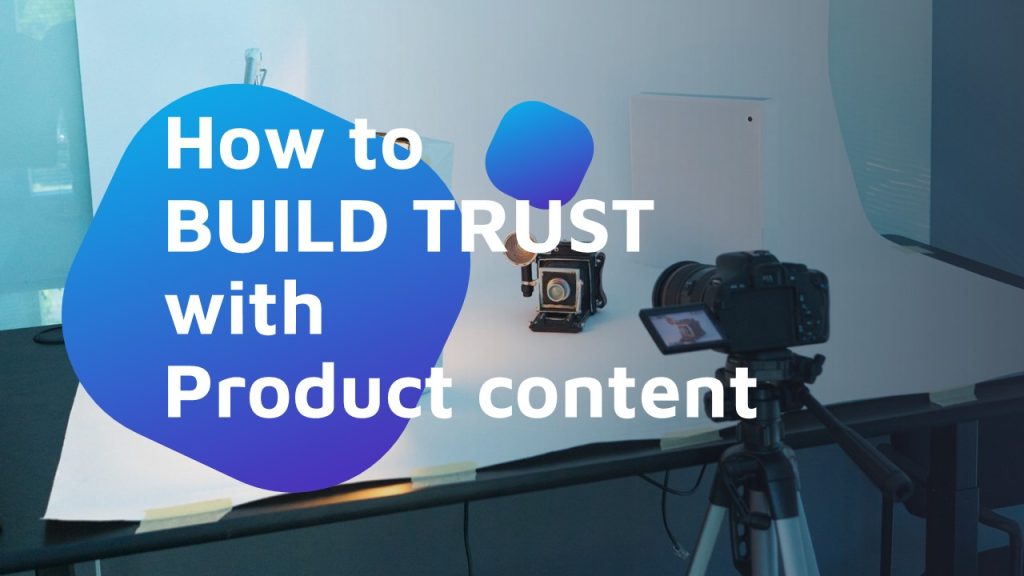In today’s ecommerce landscape, the quality of product content can make or break a sale. Customers rely on product descriptions, images, videos, and other content to make informed purchase decisions. However, effective product content is not just about listing a product’s features and benefits in a plain description. It’s also about understanding the psychology of consumers to influence their decision-making.
We are product experts and ecommerce specialists. And this post is about the psychology of product content to create content that actually sells.
Because at Content2Sell that is exactly what we do.
Psychology in product content
We often mention the 30% decrease in our attention span over the past 20 years. That’s a critical matter for marketers, who only get one chance to catch their viewer’s eye.
The power of visuals
When it comes to product content, image is king. Humans are visual creatures, and our brains are wired to process images faster than text. A study by Brain Rules found that people remember up to 65% of the information three days later when it’s presented with images, compared to just 10% of the information presented without images. This is actually called the Picture Superiority Effect.
This is why high-quality images and videos are crucial for ecommerce businesses. You can find out more about this in our post about the necessary content to sell products online.
However, it’s not just about the quality of the visuals. It’s also about the emotions they evoke, which makes the content relatable. For example, lifestyle photography shows people experiencing the benefits of a product and creates a stronger emotional connection with potential customers. Don’t forget marketing is mostly about emotion.
The picture is the most important structural element in magazine advertising, for both consumer and business audiences.
Percy, Larry; Rossiter, John R (1997). A theory-based approach to pretesting advertising. WD Wells. p. 295.
The importance of storytelling
Human culture was born around stories. Stories have the power to gather people together, create emotional responses, and, above all, common memories. In ecommerce, a narrative creates meaning and articulates a company’s mission, vision, and values so it is understood by consumers. In fact, the environmental awareness of younger consumers has pushed brands to redefine their purpose and focus on sustainability. And more importantly, to include them in a common mission through storymaking.
By creating a narrative around the product, you can make it more meaningful and relatable to potential customers. Storytelling isn’t just about written content and compelling copy. Instead, all pieces of content work together to build the brand’s identity.
Social proof
You have probably seen that every website offering products or services has a section dedicated to social proof and testimonials.
Social proof is proven to have a psychological effect based on the principle of imitation. In other words, people are more likely to do something if they see others doing it. And there are many ways to give social proof and increase the perception of the quality of a product or a brand’s reputation.
Testimonials, good ratings, and product reviews are indeed effective sales drivers, but social proof is not limited to the written domain or even to images. Short videos have strongly contributed to the development of social commerce and influencer marketing, and shouldn’t be overlooked.
By showing that others have had a positive experience with a product, you can create a halo of trust and credibility with potential customers.
FOMO: urgency and scarcity
Urgency and scarcity are two psychological factors that can create that familiar thing called FOMO. The Fear of Missing Out is a strong motivator to buy, as you probably see every day. Giving the idea that a product is only available for a limited time or at a special price is a broadly extended practice. Limited stock works as well.
That is why we commonly see countdown timers showing when a promotion ends, highlighted limited edition products, or tiny low stock levels warnings.
Conclusion
Effective product content has a powerful psychology behind it, and it plays a crucial role in influencing purchase decisions. By understanding the power of visuals, storytelling, social proof, and the sense of urgency and scarcity, businesses can create content that resonates with their potential customers and actually brings sales in. And, more importantly, the combination of all those is what makes product content consistent, compelling, and relatable.
The ultimate goal is to create an emotional connection with potential customers and provide them with the information they need to make an informed purchase decision. Marketplaces are crowded with competitors, and standing out with high-quality content is just as important as giving it the right presentation.
Creating a powerful story for ecommerce requires impactful images, relatable videos, and clear explanations. We – humans, are visual creatures and have developed the incredible ability to create stories and complex rational thinking. But the irrational remains and the secret to sales and persuasion goes through hacking that psychological complexity and persuade consumers that they have found the solution to their pain points.
Content2Sell specializes in producing photography, videography, and 3D animations, and more than a hundred clients have trusted our expertise. From startups launching new products to established brands looking to upgrade their existing content to give their sales a boost. Shall we talk about your product?



